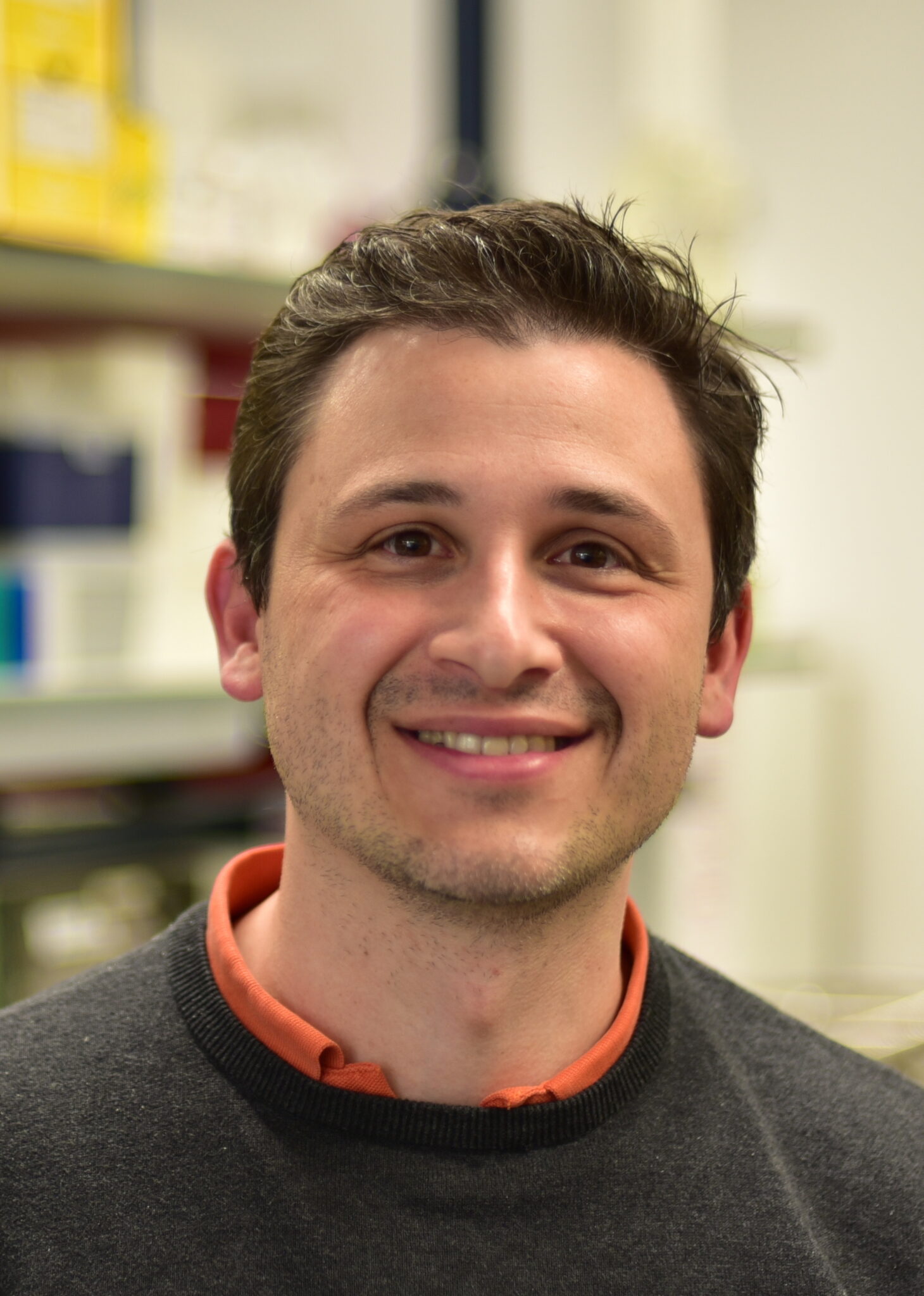Investigation of the molecular effects of the LPA KIV-2 mutation 4925 G>A (FWF P31458-B34)
Team
(PI)
(PhD Student)
(Master Student)
Background
The KIV-2 copy number variation encodes up to 70% of the LPA gene, but has been a white spot on the genome for a long time due to its repetitive structure (Ebbert et al recently termed it a “camouflaged” gene”; Ebbert et al, Genome Biol 20, 2019). We have recently developed a sequencing approach and a validated bioinformatic analysis pipeline that is able to reliably detect mutations in this region (link to github).
Using this approach, we identified a genetic variant (named LPA KIV-2 4925G>A) that is highly frequent in the population and strongly decreases the Lp(a) levels of individuals presenting a small Lp(a) isoform (Coassin et al, EHJ 38, 2017). This results in small Lp(a) isoforms with unusual low Lp(a) concentrations. Although 22% of the population carries this variant, it had been overlooked in all previous studies due to its location in the KIV-2 region. The mechanism by which 4925G>A lowers Lp(a) is not understood, yet.
In this Austrian Science Fund (FWF)-funded project we aimed at understanding the mechanism by which the LPA KIV-2 4925G>A variant lowers Lp(a), how it affects Lp(a) variance, how it interacts with other known genetic variants in LPA and investigate further strongly Lp(a) variants and Lp(a) null alleles.
Publications originated from this project
Coassin S, Kronenberg F: Lipoprotein(a) beyond the kringle IV repeat polymorphism: The complexity of genetic variation in the LPA gene. Atherosclerosis 349:17-35, 2022. PMID: 35606073 Review
Grüneis R, Lamina C, Di Maio S, Schönherr S, Zoescher P, Forer L, Streiter G, Peters A, Gieger C, Köttgen A, Kronenberg F, Coassin S: The effect of LPA Thr3888Pro on lipoprotein(a) and coronary artery disease is modified by the LPA KIV-2 variant 4925G>A. Atherosclerosis 349:151-159, 2022. PMID: 35534298 Journal Article
Grüneis R, Weissensteiner H, Lamina C, Schönherr S, Forer L, Di Maio S, Streiter G, Peters A, Gieger C, Kronenberg F, Coassin S: The kringle IV type 2 domain variant 4925G>A causes the elusive association signal of the LPA pentanucleotide repeat. J. Lipid Res. 63:100306, 2022. PMID: 36309064 Journal Article
Coassin S, Erhart G, Weissensteiner H, Eca Guimarães de Araújo M, Lamina C, Schönherr S, Forer L, Haun M, Losso JL, Köttgen A, Schmidt K, Utermann G, Peters A, Gieger C, Strauch K, Finkenstedt A, Bale R, Zoller H, Paulweber B, Eckardt KU, Hüttenhofer A, Huber LA, Kronenberg F: A novel but frequent variant in LPA KIV-2 is associated with a pronounced Lp(a) and cardiovascular risk reduction. Eur. Heart J. 38:1823-1831, 2017. PMID: 28444229 Journal Article
Coassin S, Chemello K, Khantalin I, Forer L, Döttelmayer P, Schönherr S, Grüneis R, Chong-Hong-Fong C, Nativel B, Ramin-Mangata S, Gallo A, Roche M, Muelegger B, Gieger C, Peters A, Zschocke J, Marimoutou C, Meilhac O, Lamina C, Kronenberg F, Blanchard V, Lambert G: Genome-wide characterization of a highly penetrant form of hyperlipoprotein(a)emia associated with genetically elevated cardiovascular risk. Circ. Genom. Precis. Med. 15:e003489, 2022. PMID: 35133173 Journal Article
Coassin S, Kronenberg F: Mechanistic insights into lipoprotein(a): from infamous to ‘inflammous’. Eur. Heart J. 41:2272-2274, 2020. PMID: 32445566 Editorial
Di Maio S, Grüneis R, Streiter G, Lamina C, Maglione M, Schoenherr S, Öfner D, Thorand B, Peters A, Eckardt KU, Köttgen A, Kronenberg F, Coassin S: Investigation of a nonsense mutation located in the complex KIV-2 copy number variation region of apolipoprotein(a) in 10,910 individuals. Genome Med. 12:74, 2020. PMID: 32825847 Journal Article
Di Maio S, Zöscher P, Weissensteiner H, Forer L, Schachtl-Riess JF, Amstler S, Streiter G, Pfurtscheller C, Paulweber B, Kronenberg F, Coassin S, Schönherr S: Resolving intra-repeat variation in medically relevant VNTRs from short-read sequencing data using the cardiovascular risk gene LPA as a model. Genome Biol. 25:167, 2024. PMID: 38926899 Journal Article
